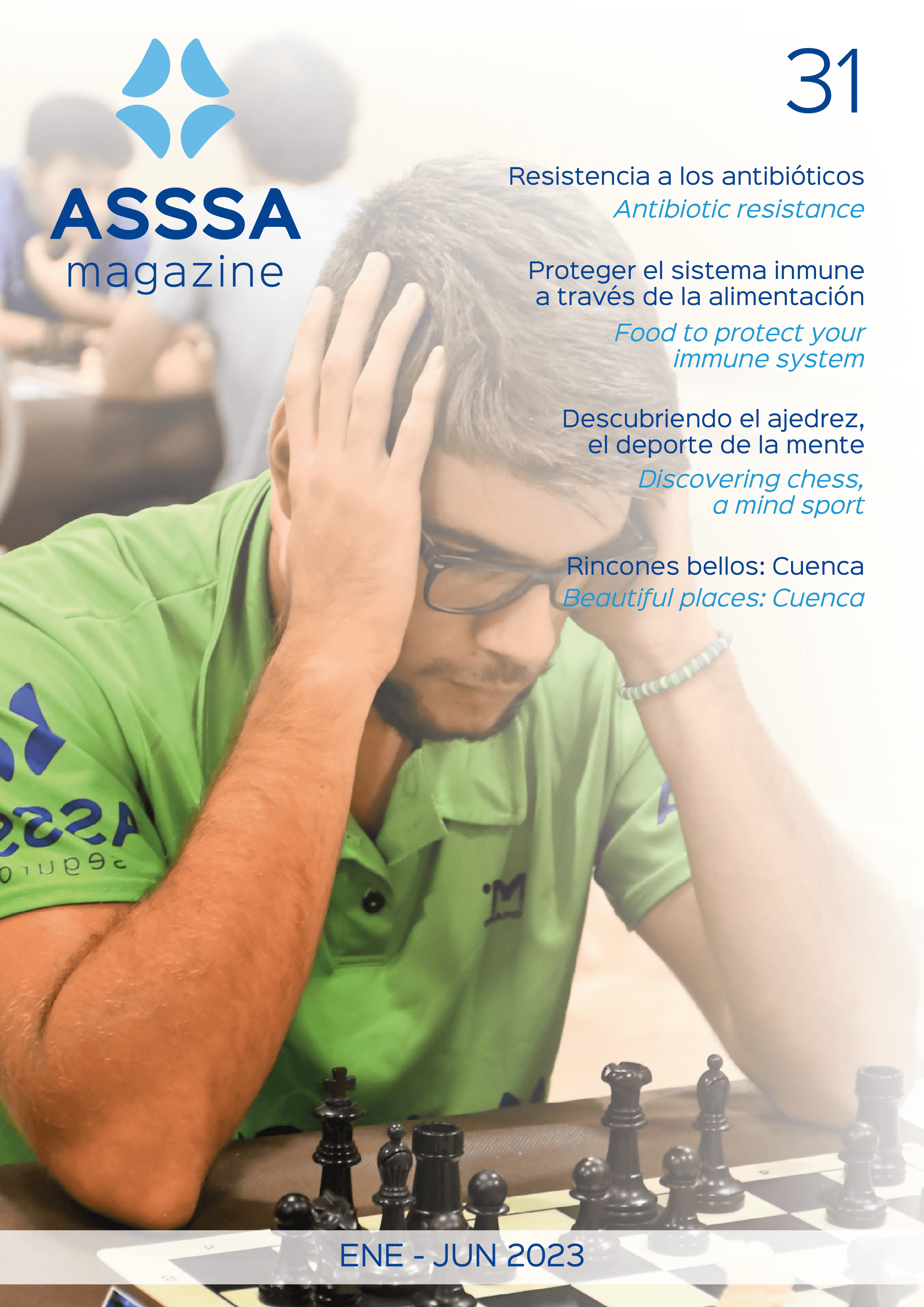
The prostate is a walnut-sized gland located below the bladder and surrounding the urethra. Its main function is to produce part of seminal fluid.
Prostate cancer is the third most common cause of cancer-related death in men, and the first amongst those over 75 years of age. It appears after the age of 40 and, generally, has a very slow growth rate.
It is most common amongst black people, people with a high consumption rate of fat in their diets, and its likelihood of appearing is greater when there are family antecedents of postate cancer.
It usually causes no symptons, and in most cases, is diagnosed by an increase of a prostate-specific antigen (PSA) detected in a blood test. Certainly of the diagnosis may only be obtained through a biopsy of the prostate, wich is an examination performed under local anesthesia and which usually does not present any great complications.
Currently, and thanks to its test-based diagnosis, most prostate cancers are detected during early stages of the disease. As a result, it may oftentimes be cured. However, even in advanced stages of the cancer, reponse to medical treatment is good and high levels of survival are reached with a good quality of life.
Treatments used at present include, during initial phases, surgery (radical prostatectomy) and radiotherapy (external or brachytherapy). In advanced stages, treatment is based on hormone therapy through wich the secretion of testicular hormones is blocked, based on the fact that prostate cancer is a hormone-dependent tomour wich requires masculine hormones (androgens) to grow.
As has already been mentioned, many prostate cancers progress very slowly, to the point that it is possible to not subject elderly people of a certain age, with a life expectancy of under 10 years, to any treatment. Instead, the tumour's growth is monitored, since along its natural development that person will probably mot show any tumour-related symptons and will pass away due to a different cause altoether.
Dr. D. Luís Pérez Llorca – Urologist
The information published in this media neither substitutes nor complements in any way the direct supervision of a doctor, his diagnosis or the treatment that he may prescribe. It should also not be used for self-diagnosis.
The exclusive responsibility for the use of this service lies with the reader.
ASSSA advises you to always consult your doctor about any issue concerning your health.











